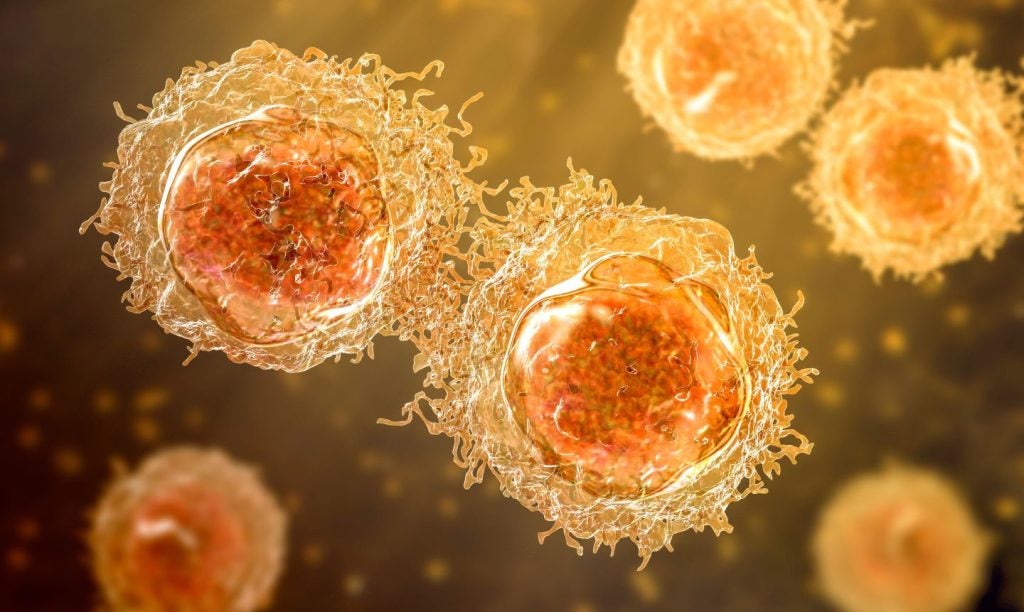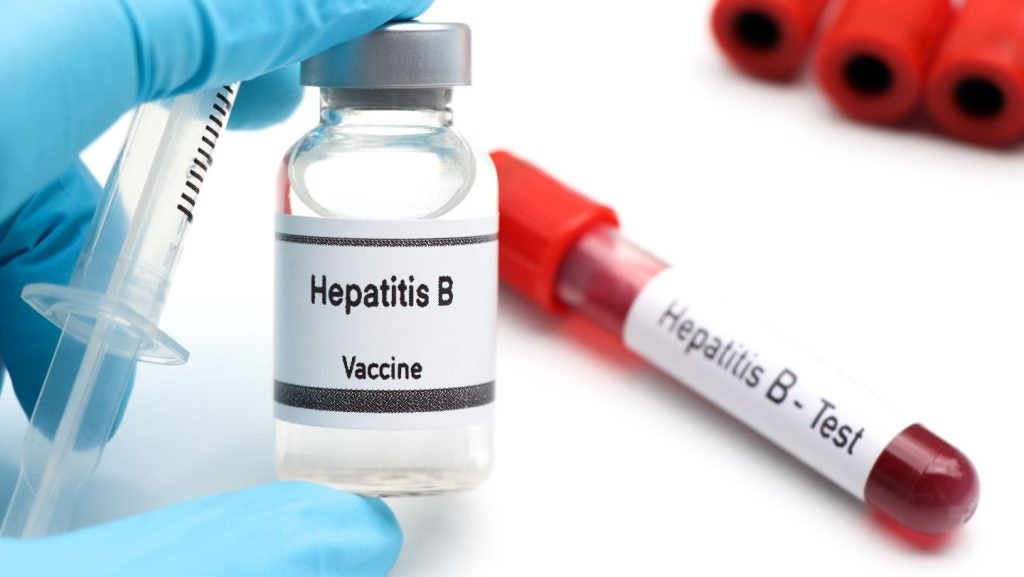Oftentimes in pediatric clinical trials, time, money and quality are three obstacles that come hand in hand with one another. Time constraints, in particular, can limit the trial sponsor’s ability to conduct and finish their study on time.
While companies cannot start too early without having their adult indication approved first, companies can’t start too late, especially if they want to receive income from the development stage through a patent life extension. Development costs, meanwhile, can be higher than the extra income, meaning some companies are forced to cut back on costs in certain situations.
Additionally, quality constraints mean the sponsor has to gather conclusive results in an unknown patient category. To an extent, sponsors wander into the unknown when developing new drug products yet to be tested in adults. As a result, they use alternative endpoints, without knowing how they’ll be valued against traditional endpoints.
Therefore, sponsors have to engage with regulatory bodies prior to starting a pediatric trial, providing a Pediatric Investigational Plan (for the EU – PIP), or a paediatric study plan (for the US – PSP). Be sure to align processes with FDA and EMA requirements.In the development phase, ultimately, a lot depends on when the marketing application comes out or when the patent life extension ends.
When embarking on a pediatric clinical trial, here are three things to consider:
See Also:
1.PIP/PSP Development Phase
Compose a concise and feasible study planwhen discussing it with the authorities. Sponsors must agree with authorities on a limited number of studies – the more studies the more problems you will run into. Refrain from carrying out actions such as dose increases as they can prolong a trial unnecessarily. By minimising activities that aren’t essential you create sufficient leeway towards the end of a study where delays are likely to occur. Additionally, start at risk formulation development and juvenile toxicology programs, ideally before MAA submission. It’s a worthwhile investment that could create more time. Most importantly, it’s important sponsors strive for an aligned EU/US plan to avoid having to conduct slightly differing, but similar studies – one for the US and one for Europe. Key considerations for development programs are:
How well do you really know your competitors?
Access the most comprehensive Company Profiles on the market, powered by GlobalData. Save hours of research. Gain competitive edge.

Thank you!
Your download email will arrive shortly
Not ready to buy yet? Download a free sample
We are confident about the unique quality of our Company Profiles. However, we want you to make the most beneficial decision for your business, so we offer a free sample that you can download by submitting the below form
By GlobalData- Hospital visits compared to Standard of Care
- Visit schedules considering school hours, school holidays
- Parents attendance and home support
- Use of tablets/capsules vs. Oral liquids
2.Clinical Development Phase – Determining the Dose
This phase starts with the development of the study protocol. It’s important to understand that when a child develops from birth to the age of 12, there’s a tenfold increase in body weight, which is crucial. Therefore, you cannot use an adult formulation on children in a trial as you risk an overdose. Age and weight should be factored intelligently when determining the dose.It’s important to dose patients appropriately according to their age.
For dosing tables, use an adult formulation on child above the age of 12; for 2-11 year olds use a liquid formulation for a volume adjusted dose based on an allometric scale. For very young children (0-2 year olds), use a pharmacology model to ensure you factor in the metabolism rate for patients specifically in that age category.
For body size differences (varying by age, weight and height), it’s vital to assess four different factors: Measure blood pressure by using the right cuff size; Bladder size is dependent on the development age of the child; Both the lung capacity of a child and their GFR (Glomeruler Filtration Rate) have an age element in its formula. Therefore, it’s important to know these elements when developing a protocol.
3.Clinical Development Activities
From the start, when developing the protocol, be specific regarding the age of your patients (age at signing ICF, at start treatment or at study completion; actual age or enrolment age for age related assessments). While it’s important to identify sites that will recruit patients consistently, develop contingencies from the start (e.g. countries with high patient potential, but be aware of long approval and startup processes). Have a well-defined recruitment plan based on thorough feasibility results looking at key features. When the trial is underway, be mindful of the patient’s schedule (i.e. school attendance). Lastly, be open to bringing the trial to children’s home, employing a mobile nursing staff.
*Adapted from ‘Investigating the Challenges of Outsourcing for Pediatric Clinical’ given by Frank Verheggen at Arena International’s Outsourcing Clinical Trials Europe conference






